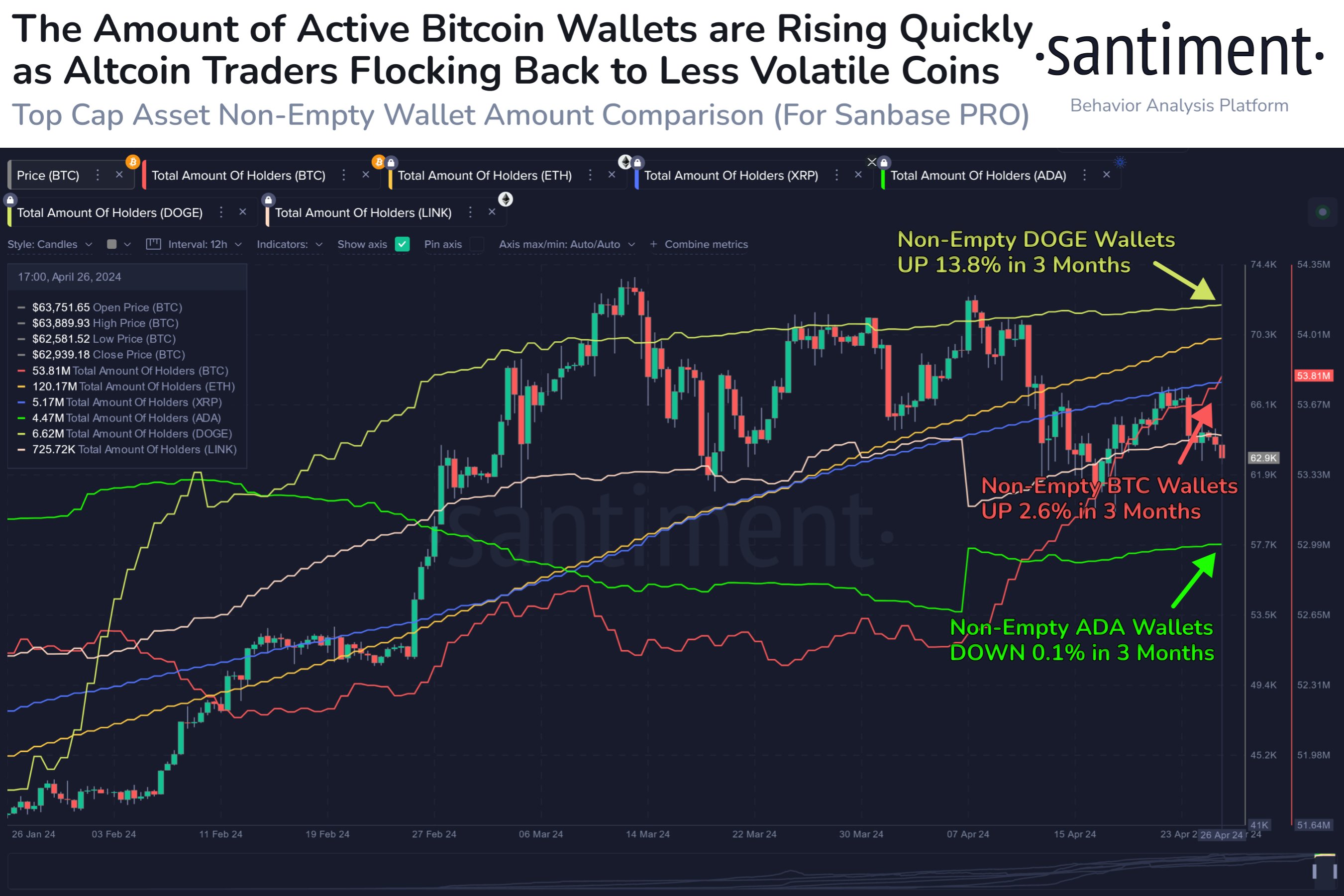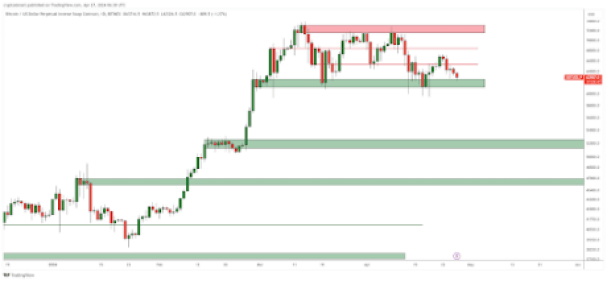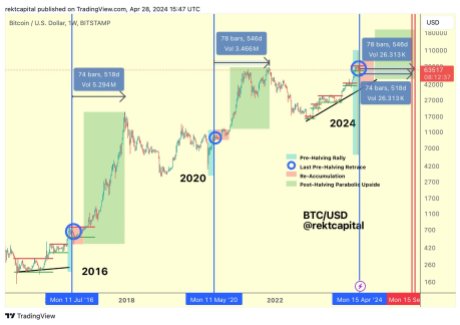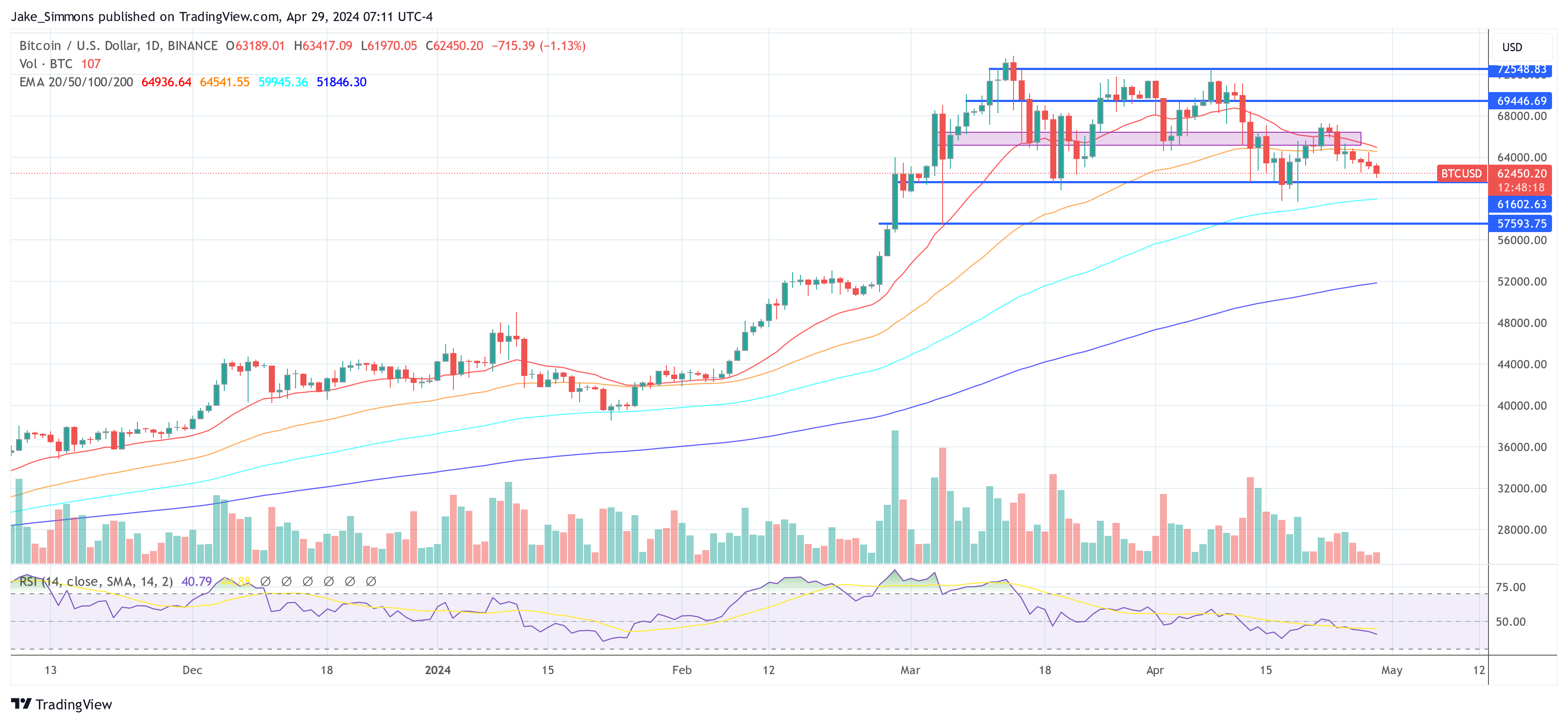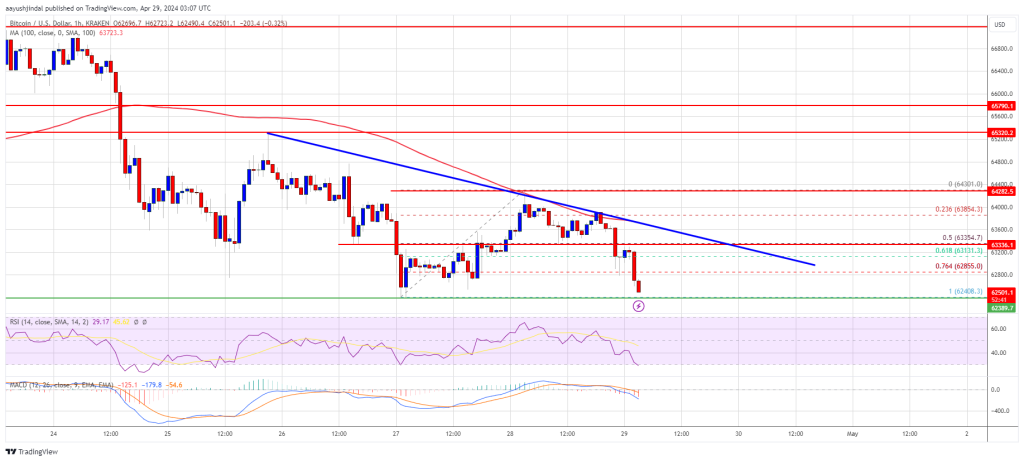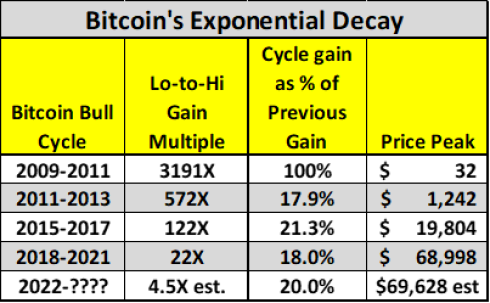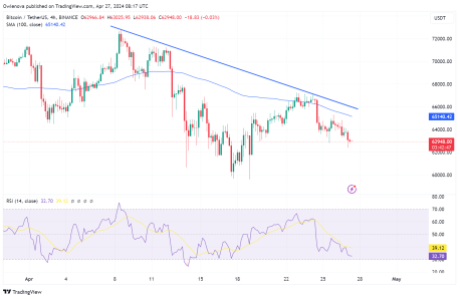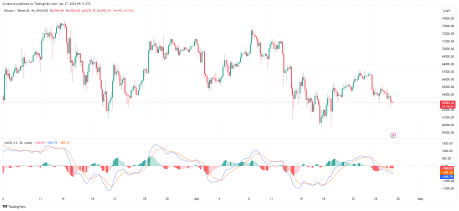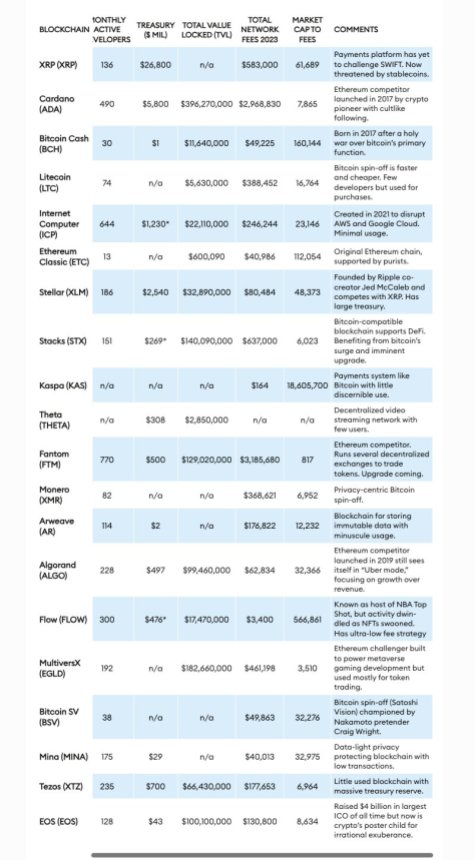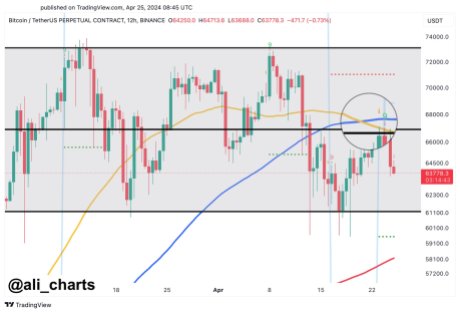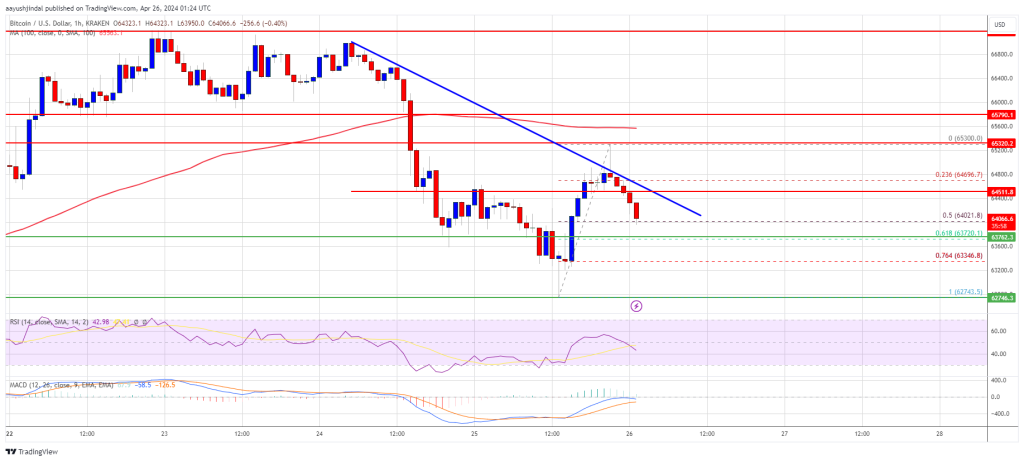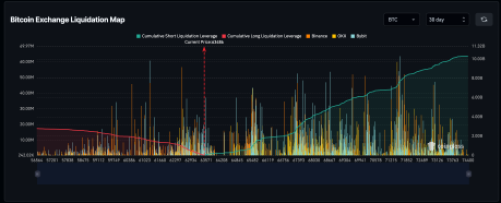The eagerly anticipated Hong Kong Bitcoin ETF market is scheduled to commence trading on Tuesday, marking a significant milestone in the increasing adoption of the leading cryptocurrency and building upon the success of the US ETF market.
With their approval, the newly regulated index funds are poised for a noteworthy debut, surpassing the first-day inflows in the United States.
HK Bitcoin ETF Market Poised For Record-Breaking Debut
Zhu Haokang, the Digital Asset Management Supervisor and Family Wealth Supervisor at Warsaw Fund expressed great confidence in the trading volume of Hong Kong Bitcoin ETFs on its inaugural day.
This volume exceeded the scale achieved during the US launch on January 10th of this year, which amounted to over 125 million US dollars.
Haokang further stated that Huaxia, one of the three ETF issuers, is confident in becoming the largest ETF issuer on the first day of trading. At the same time, OSL, a digital asset platform, has already completed the initial fundraising with two funds, including Huaxia.
Furthermore, the capital inflow during the Hong Kong spot Bitcoin ETF’s first-day listing transaction has surpassed that of the US spot ETF market.
According to Haokang, this difference can be attributed to two factors: the purchase and redemption of spot and in-kind transactions, which are unavailable in the US spot Bitcoin ETF.
Unprecedented Investment Options
One unique aspect of the China Summer Fund’s Hong Kong spot ETF is its incorporation of Hong Kong dollars, US dollars, and dual counter offers (RMB counters), distinguishing it from the other two offerings.
Additionally, the fund features a non-listed share alongside the listed share, further setting it apart from its counterparts. Given the physical purchase method, investors, including Bitcoin miners, can directly acquire the Hong Kong virtual asset spot ETF using the Bitcoin they already hold.
Moreover, outreach efforts have reportedly been made to attract investors from countries and regions without ETF offerings, such as Singapore and the Middle East, generating significant interest.
Despite the substantial market size of the current US spot Bitcoin ETF market, Hong Kong’s utilization of cash and in-kind subscriptions, coupled with the appeal of open trading during Asian market hours, is expected to attract numerous American investors, according to Haokang.
Mainland Chinese Investors Restricted
Wayne Huang, OSL ETF and Trusteeship Business Manager, highlighted that Victory Securities could facilitate physical purchases, and the winning securities in China can also leverage OSL’s support.
Three vouchers enable physical purchases, with more expected to follow suit. Following the ETF’s listing, various voucher chambers of commerce are likely to participate, increasing the overall ecosystem of the Bitcoin ETF market in May.
On the other hand, Zhu Haokang also clarified that mainland Chinese investors are currently restricted from investing in Hong Kong’s spot ETF market. However, qualified investors, institutional investors, retail investors, and qualified international investors in Hong Kong can participate in the spot ETF race.
Individuals seeking further details are advised to consult voucher providers and sales channels while closely monitoring potential regulatory adjustments and the development of a specific regulatory framework in the future.
Currently, BTC is trading at $63,000 after failing to consolidate above the key $66,000 level in recent days. However, the launch of the ETF market in Hong Kong is expected to significantly impact the price of BTC in the long run.
Featured image from Shutterstock, chart from TradingView.com
